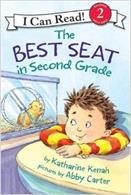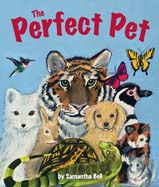THE PERFECT PET
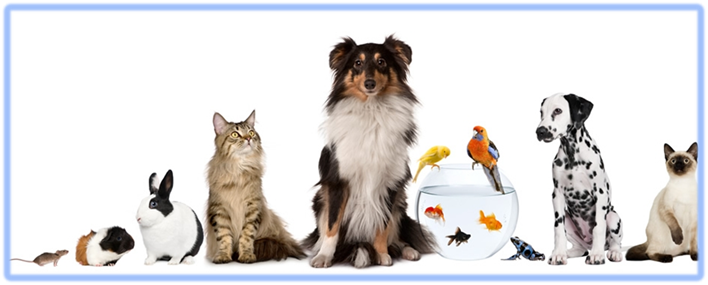
Course Overview
|
Message to Adult
Mentor |
|
††† All units will
follow a format that is integrated and include the reading process (literary
and informational), writing, spelling and fluency.† Each unit is designed to be completed
throughout the week (Monday-Friday).†
It is also important that the students complete the units in order, beginning with Unit
1.† These units are written so that
they build on each other.† Working with Words: There will be opportunities to make words with
magnetic letters and learn word families.†
Word Building Fun is an activity in which magnetic letters are used to
form words.† During each lesson, about
15 words are made by changing a letter, adding a letter or the sequence of
letters. The lesson begins with one or two letter words and continues with
three, four and then five letter words.†
The final word includes all the letters used in the lesson.† The purpose of the lesson is to work on
letter sound relationship and learn to look for patterns in words.† Spelling Words will be introduced during
each lesson and a variety of spelling activities will be assigned.† At the end of each lesson the students will
be tested on the words. Reading
(Literary and Informational Texts):† Reading begins by introducing a comprehension
skill that will be the focus of the lesson.†
The students will practice this skill and demonstrate understanding of
the skill throughout the unit.† The
Read Aloud portion of the unit is to introduce the student to the story and
to model reading fluency by the mentor.†
During Guided Oral Reading the student will continue reading the story
orally and work on reading strategies and respond to literature.† A reading response journal will be provided
for this purpose or they may respond to questions online. Writing:† Since
keyboarding ability in second grade may be limited and handwriting practice
is important, we will initially require extended responses hand written and
mailed to the teacher.† We will
gradually increase the amount of keyboarding required.† Writing instruction will begin with a focus
on writing complete sentences.† We will
progress to paragraphs, short stories and poems.† Daily writing is very important to the
reading-writing process.† Therefore, a
spiral notebook has been provided and time should be set aside daily for a
journal entry.† Topics for writing in
the journal should be self selected and drawing a picture to accompany the
writing is encouraged. Instructions:† All instructions will be given in the content of the
lesson.† Now, letís begin to work with
your student.† Every time the mentor is
to give directions, the directions to be given to student are provided in the
ďMessage to Adult MentorĒ section.† You will note that the font is small for
|
Word Power
Word
Building Fun
|
Message to Adult
Mentor |
|
Word Building Fun is the activity in which magnetic letters are used
to make words.† During this lesson, words
will be made by changing a letter, adding a letter or the sequence of
letters. The lesson begins with one or two letter words and continues with
three, four and then five letter words.†
The final word includes all the letters used in the lesson.† The purpose of the lesson is to work on
letter sound relationship and learn to look for patterns in words. For this
lesson you will first need magnetic letters a, c, c, h, r, s, and t.† Then you will need magnetic letters a, h,
l, p, s and s. |
 You will
need magnetic letters a, c, c, h, r, s,
and t.
You will
need magnetic letters a, c, c, h, r, s,
and t.
Take two letters and make the word at.
Add a letter to make the
three-letter word art.
Change the letters around and turn
art into tar.
Now change the one first letter and
tar can become car.
Now we are going to make some
four-letter words.† Add one letter to car
and you have cart.
Change the last letter and you can
change cart into cars.
Donít take any letters out, change
the letters around, and you can make cars into scar.
Change one letter and you can
change scar into star.
Now take all the letters out, and
make another four-letter word, scat.
Letís make another word, cash.
Change just the first letter and
you can change cash into rash.
Now letís make a five letter
word.† Add a letter to rash and you can
make trash.
Change the first letter and you can
change your trash into crash.
Letís make another five-letter
word.† Use five letters to make chart.
Finally, use all the letters and
make the word scratch.
Letís try another one!
This time, you will need magnetic
letters a, h, l, p, s and s.
Take two letters and make Al.
Now add a letter to make the
three-letter word pal.
Now this is a real trick. Donít add
any letters and donít take any away.†
Just change where some of the letters are and you can change pal to lap.
Change just the first letter and
you can change lap into sap.
Now change the last letter and you
can make the name Sal.† (Remember to use uppercase S for a name.)
Now make the three-letter word has.
Donít add any letters and donít
take any away.† Just change where some of
the letters are and you can change has into ash.
Add a letter to ash and you can
make the word sash.
Now change just the first letter
and you can make lash
Now letís make another four-letter
word.† Make the word pass.
Change one letter and you can make pals.
Now this is a real trick.† Donít add any letters and donít take any
away.† Just change where some of the
letters are and you can change pals to laps.
You can make another word with
these four letters.† Change the letters
around to make slap.
Now letís make some five-letter
words.† Hold up five fingers! Just add
one more letter to make the five-letter word slaps.
Now mix the letters up and start
over to make the next word, slash.
Fluency
|
Message to Adult Mentor: |
|
It is important to
increase sight vocabulary.† These sentences
include common words that appear often in text, which children need to know
instantly for their reading.† In the
following sentences the focus is on the bold
italic words, which are high
frequency words (sight words). If you notice that the student is having
difficulty with these words please practice them throughout the week. |
Read
the sentences aloud.
1. We
can help Mom make a cake.† Here are the pans.
2. I can
ride a bike to the big hill.† You
come, too.
3. Do
you like the big blue van?
4. Pick up
all the balls and run to me.
5. I
am in a box.† Can you jump in and play?
6. Some
trees are tall and some trees are small.
7. Did you
see the dog? He ran to look at the little cat.
8. Can
you help me make a red hat?
Spelling
|
Message to Adult
Mentor |
||||||||||||||||||||
|
Please read the following to student: In this lesson,
you will learn to spell words that have r-controlled ďaĒ sounds.† With your magnetic letters, make the
following words, saying each word as you make it.† 1.
art†††††††††††††††††††††††††††††††† ††††††††††††††††††††††††††††††6.† card 2.
car††††††††††††††††††††††††††††††††††††††††††††††††††††††††††††††
7.† shark 3.
park††††††††††††††††††††††††††††††††††††††††††††††††††††††††††††
8.† dark 4.
hard††††††††††††††††††††††††††††††††††††††††††††††††††††††††††††
9.† yarn 5.
barn††††††††††††††††††††††††††††††††††††††††††††††††††††††††††
10.† are Segmenting phonemes
Read the following direction to student: Let’s practice reading your spelling words! You will combine or blend the separate sounds in a word to say the word. You will say the separate sounds first and then the word.
Read the following
direction to student: Letís practice reading your spelling words!† You will combine or blend the separate
sounds in a word to say the word.† You
will say the separate sounds first and then the word.
Next, the student may choose one or more activities to practice their spelling words each day from the Spelling Menu below! |
|
Unit 1 Spelling Words |
|
|
1. art |
6.
card |
|
2. car |
7.
shark |
|
3. park |
8.
dark |
|
4. hard |
9.
yarn |
|
5. barn |
†† 10.are |
Click on SPELLING TRAINING to practice your spelling words. Add each of your spelling words to the list, then complete one the activites below the list.
Spelling Menu
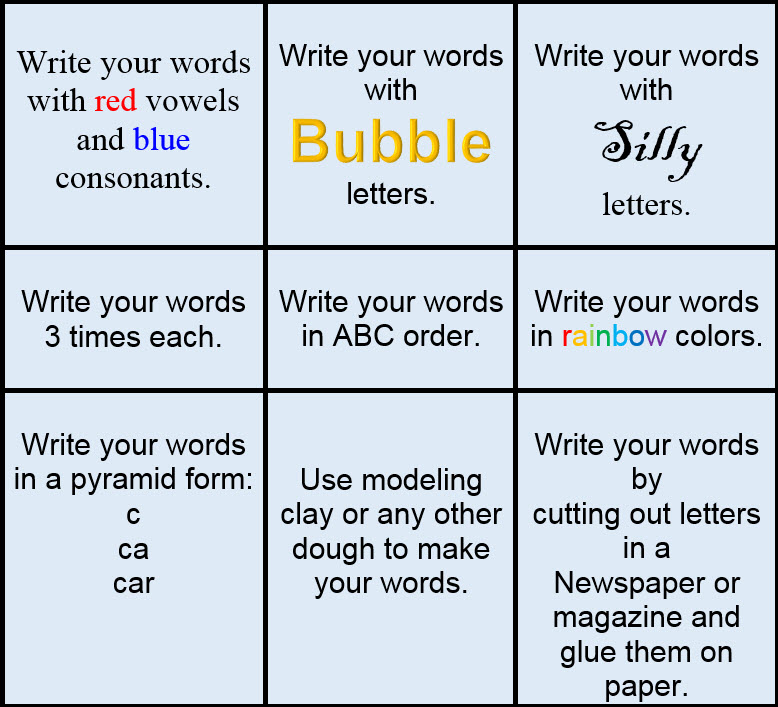

†††††††††††
Reading 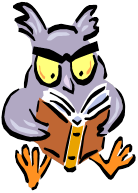
|
Message to Adult Mentor: |
|
Read the
following to student: It is time to turn
our attention to reading!† In this
lesson we will focus on the comprehension skill, sequence.† Sequence
is the order of events in a story.† We
will begin by reading a short story
and thinking about the order of events. |
†††††† The
Snake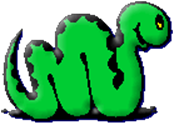
There is a little snake in my
yard.† He lives under the rose bush.† He eats flies and other bugs.† My mother does not mind having him there.† She says he is helpful.† I call the snake Stripes.† He is kind of like a pet to me.
Sequence
of Events
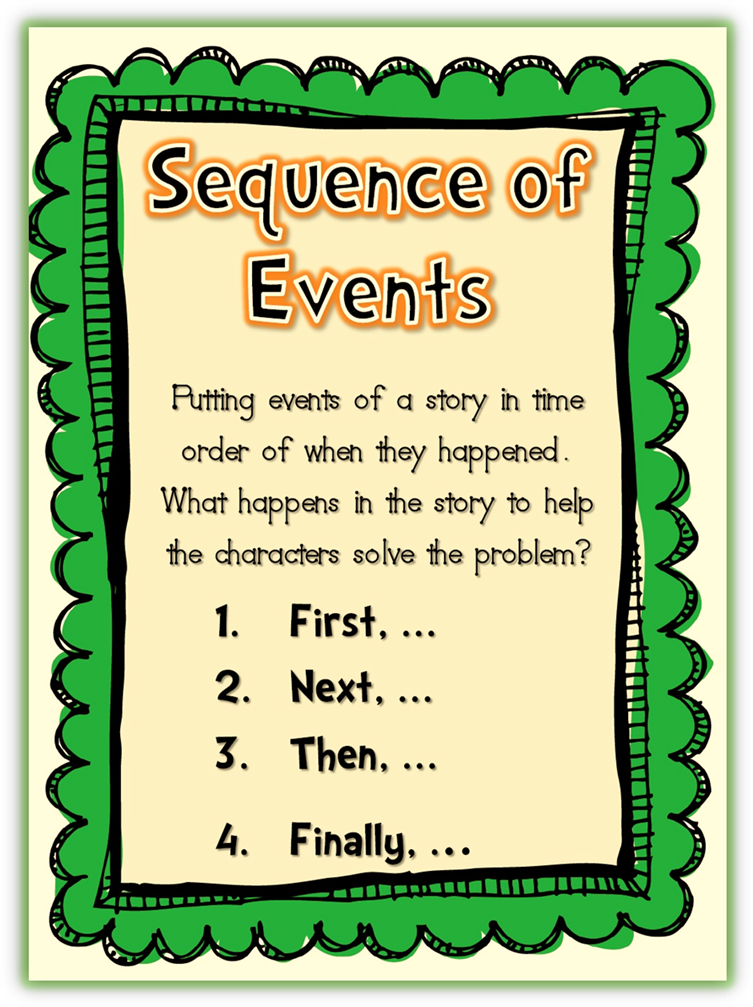
Letís
Practice! Read the following story aloud to your mentor, then put the sentences
in order from 1-6 according to the paragraph by telling your mentor.†
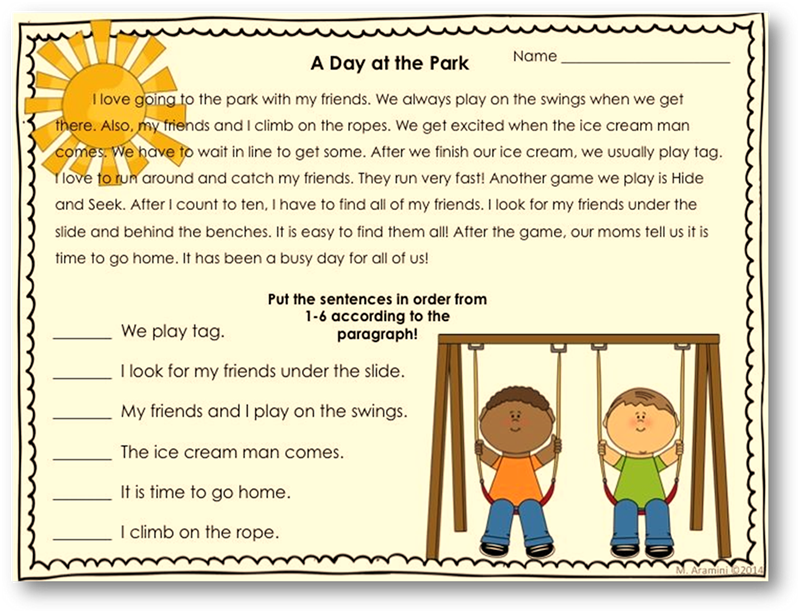
Read
Aloud
Message to Adult Mentor:
|
|
The Best Seat in Second Grade, by Katharine Kenah OR Print† The Best Seat in Second Grade PDF Book
Introduction: During the book
introduction you want to encourage conversation about studentís knowledge and
experience surrounding the book you are about to read.† After reading the title and looking at the
picture on the title page, ask student to predict what the book/story might be about.
During the reading, you may want to pause and talk about parts of the
story.† A new or interesting vocabulary
word may require discussion.† Reading
the story with expression provides a model for the student, enhances the
enjoyment and increases comprehension.†
|
Guided
Oral Reading
|
Message
to Adult Mentor |
|
As the student
reads, if the student comes to a word that they do not know, lead them
through the decoding strategies listed below.†
You may also encourage the student to pause and talk about parts of
the story.†† After the student is
finished reading, ask about the characters in the story and encourage the
student to orally retell what has happened so far.† Read this paragraph to student: † In this story, Sam's greatest wish is to be chosen as Hamster Helper. Then he can take care of and play with George Washington, the class pet. When the class goes on a trip to the science museum, Sam decides to sneak George Washington along. Things are going well until something unexpected happens. Will Sam be in trouble? |
It is your turn to read!† Turn to page 15 of eBook The Best Seat in Second Grade.† You
are going to read the next two chapters Pocket
Rider and The Animal Zone, pages
15 through 36, aloud to your mentor.†
During the reading, it is important to remember what to do if you come
to a word that is tricky for you.
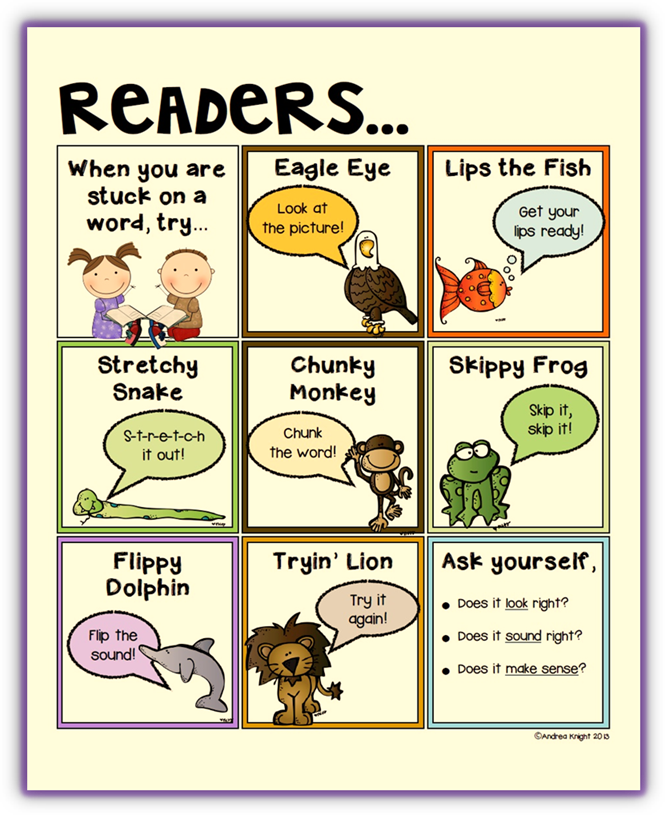
Finish
reading the final chapter Samís Favorite
Subject of The Best Seat in Second Grade, pages 37-48, silently to
yourself.†

Writing
What is
a Sentence?
|
Message
to Adult Mentor |
|
Read the following to the student and
discuss: What is a sentence?† What do all sentences have?† We are going to learn about sentences and how to write meaningful sentences! |
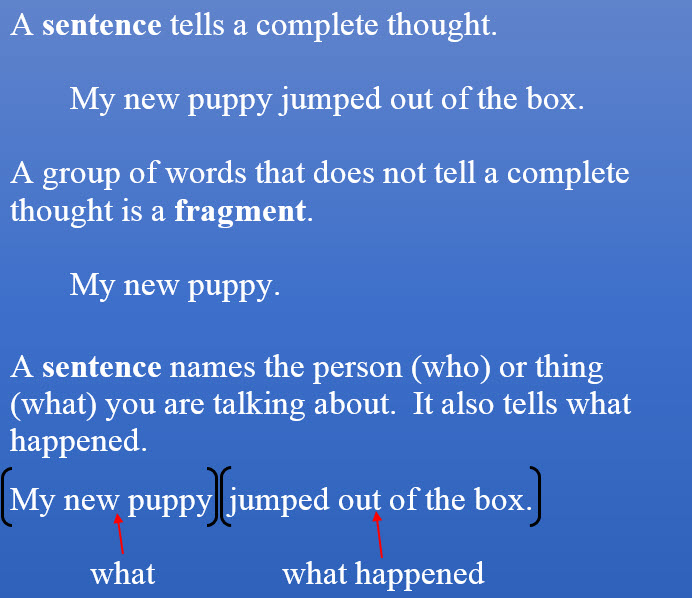
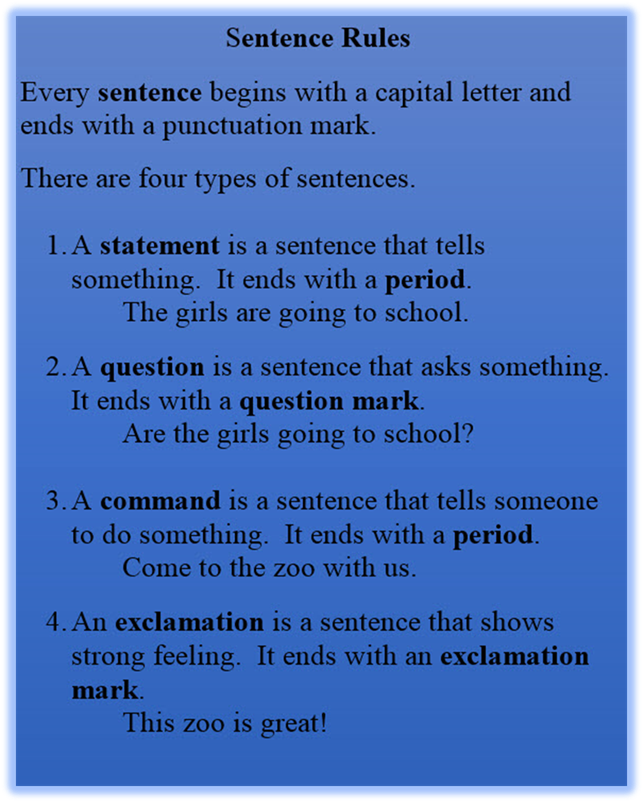
††††††††††
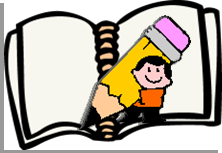
Journal
Writing
Take a spiral notebook from your
kit to be your writing journal this year.†
It is important for this journal to be a tool and resource when you are
writing.† The first thing you are going
to do with your journal is to decorate the outside of it.† You may use stickers, markers, magazine
clippings, photographs, or anything else you would like to decorate with.† Choose things that you like and are important
to you.† Then, when you are finished, ask
your adult mentor to cover it with clear packing tape to preserve your
masterpiece!† Your writing journal will
be sent to your VLA teacher at the end of this course.† Have fun!

Reading 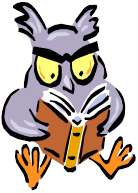
|
Message to Adult
Mentor |
|
Read the following direction to student: We are going to read another story and think about the sequence of events.† The events that took place first, then, next and last. |
Max
††††††††††† Every night
Max gets ready for bed.† First, he takes
a bath in the tub.† Next, he gets out the
toothbrush and paste.† He brushes up and
down very well. Then, Father reads a goodnight story to him.† Last, Max closes his eyes to sleep.
Read
Aloud
|
Message to Adult
Mentor |
|
Book Introduction:
During the book introduction you want to encourage conversation about studentís
knowledge and experience surrounding the book you are about to read.† After reading the title and looking at the
picture on the title page, ask student to predict what the book/story might
be about. During the reading, you may want to pause and talk about parts of
the story.† A new or interesting
vocabulary word may require discussion.†
Reading the story with expression provides a model for the student,
enhances the enjoyment and increases comprehension.† Read the following
to the student: After begging for a pet, a childís mother finally says ďyes.Ē But which animal will be the best pet? Using animal classification and habitat needs, the child narrows it down from Kingdom Animalia, through invertebrates to vertebrates. Reptiles and amphibians are out, and birds and fish are soon off the list. That leaves mammals, but which one? An elephant won't fit through the door, and a tiger would be too hard to walk. What's a child to do? Following the book introduction read the eBook: The Perfect Pet by Samantha
Bell Arbordale
Publishing eBook Finally, ask about
the characters in the story and the student should orally retell what has
happened so far.† |
Guided
Oral Reading
|
Message to Adult
Mentor |
|
As the student
reads, if the student comes to a word that they do not know, lead them
through the decoding strategies listed below.†
You may also encourage the student to pause and talk about parts of
the story.†† After the student is
finished reading, ask about the characters in the story and encourage the
student to orally retell what has happened so far.† Read the following directions to the
student: Read the story, The Perfect Pet, by Samantha Bell, aloud to your mentor. During the reading, it is important to remember what to do if you come to a word that is tricky for you.† Letís review the strategies we have learned! |
It
is your turn to read!† You are going to read The Perfect Pet,
aloud to
your mentor.† During the reading, it is
important to remember what to do if you come to a word that is tricky for you.
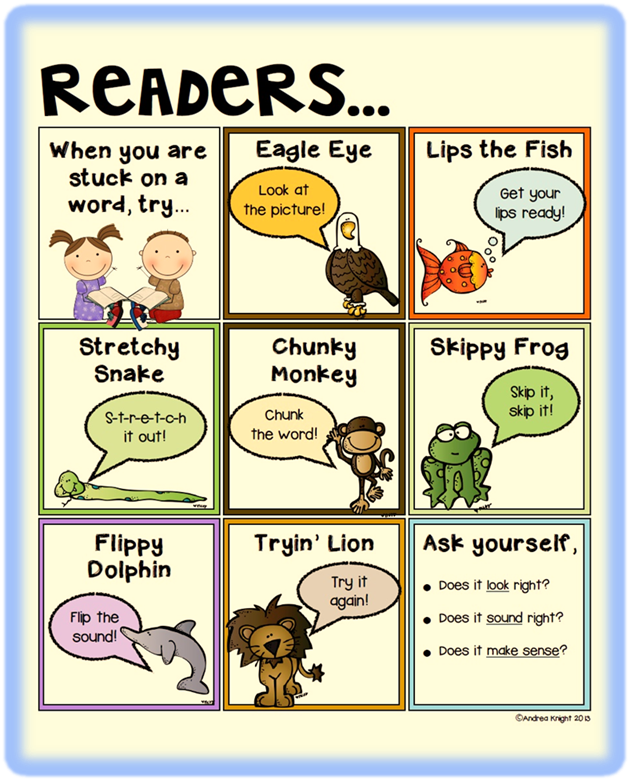

Writing
When
we are writing, sometimes we have trouble thinking about what to write
about.† That happens to all writers.† For those times when we canít think of
anything to write, it is nice to have a list of ideas for stories that we can
look at. Think about some things that you know that you could write about.
Perhaps you would like to play a sport, going to a friendís house, attend a
birthday party or have a special pet. On the first page of your writing
journal, write Topics I Can Write About
at the top.† Number your paper to
ten.† List ten ideas for stories on the
paper.†
Grammar
Practice
|
Message to Adult
Mentor |
|
Read the following instruction to student: Letís review.† A sentence is a group of words that tell who or what and what happened.† If it is a sentence, it will make sense and tell something. Every sentence begins with a capital letter and ends with a punctuation mark. |
A sentence is a group of words that
tell who or what and what happened.† If it is a sentence, it will make sense and
tell something. A sentence begins with a capital letter and ends with a punctuation
mark.
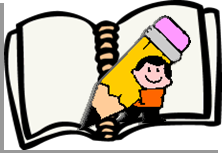
Journal
Writing
Good writers reread what they write
and check to see if it makes sense, if there are capital letters at the
beginning of each sentence and punctuation at the end of each sentence.† Good writers also check for spacing between
their words.† Can you read this?
Thelittleboywenttothecandystore.
It is much easier to read if I use
a space between each word.
Now try reading the same sentence,
The little boy went to the candy store.
Sometimes, I place my finger
between each word just to make sure I have enough space.†
Now, I would like you to draw a
picture in your writing journal of a pet and write a sentence about that
pet.† Read your sentence to your adult
mentor. †Tell your adult mentor two more
things about your pet.† Now write that
down.† Reread what you wrote and check
your writing for sentences that make sense, capital letters, end punctuation
marks and spacing too.
Spelling
Test
|
Message to Adult
Mentor |
|||||||||||||||||||||||||||||||||
|
Read the following instruction to student: Now it is time to
take your first spelling test. Number your writing paper to ten.† Your adult mentor will read the screen and
say each spelling word as you write them. Then, read the sentence provided.
You will send your paper to the VLA Teacher to be checked.† Please send it on Friday.
|
|||||||||||||||||||||||||||||||||
 |
| Unit 1 How to Make a Salad Worksheet |
